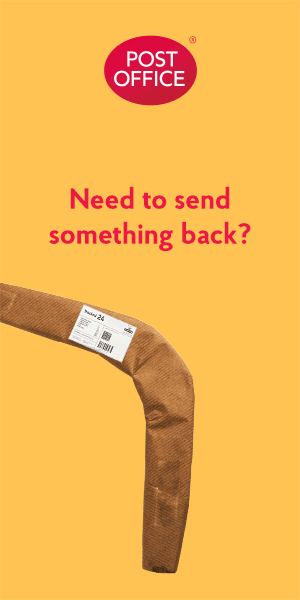The construction industry is going through several changes, especially after the economic recession and the recent Brexit announcement. In the wake of these circumstances, work and productivity of your business can be negatively impacted as well. With changing rules of competitiveness and lessening number of projects to work on, your firm will have to keep its best foot forward to get and complete project. An important factor in your survival will be your operating cost.
Renting reduces costs
It is evident that higher operational costs will bring lower productivity and even lower profitability for businesses in this hostile environment. A good way to get rid of these problems is to start renting equipment. Whether you are working on a short-term project or need an equipment for a one-off task, renting will always be better than buying. If you are working on a pavement construction project that requires the use of a forward reverse wacker plate compactor, for example, then it would be prudent to find a firm that provides it on rent-especially if it’s a one-off thing. You don’t have to absorb costs of maintenance and repair of the equipment which helps in improving long term profitability as well.
You should note that the cost of hiring will also increase. Between 2012 and 2015, the combined annualized growth in rental costs of forklifts, cherry pickers and earthmoving machines remained steady at 5.5%. However, between 2015 and 2018, that could increase to 7.4%. It is quite evident that the economic pressures on the industry won’t make renting cheaper. However, it will still remain a better option than buying equipment outright. This is especially true for times when lesser projects are available. Unless you have several ongoing projects, renting is the easy way out of a financial mess.
Always make sure that you hire the right equipment for the right job. A small mistake in hiring could cost you both time and money. It is crucial to complete projects on time. Maintain effectiveness and productivity by working with third party firms like skip hire who provide on-site equipment hire. You can get machines for one-off jobs, ongoing jobs at a very reasonable price.
How to remain profitable?
Always hire machines when you have started working and make sure that the hiring is project specific. Don’t hire a machine for 1 month to work on two different projects. Instead, hire for one project and reduce costs. Rent again when the second project demands instead of keeping it at your disposal. Plan your activities in such a way that you don’t have to rent for extra times. If you have several projects, you can just hire a machine for each site. This will save logistics cost of moving one machine from site to site.
It is important to note that the annualized price growth of construction machines fell to 9.6% between 2015 and 2018 from 10.1% between 2012 and 2015. However, buying them is still a capital-intensive decision and unless the machine can continuously work to justify its cost during its lifetime, renting will always be a better option.
In the end, it is all about your ability to plan a project correctly so all available resources are utilized in the best possible way. If your planning goes wrong, even rented resources will bring a massive loss.
Sources:
http://www.tcsconstruction.ca/advantages-of-renting-construction-equipment/


